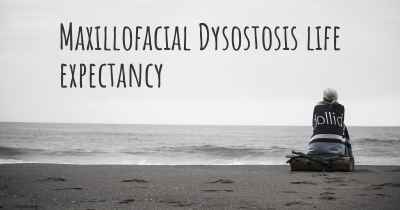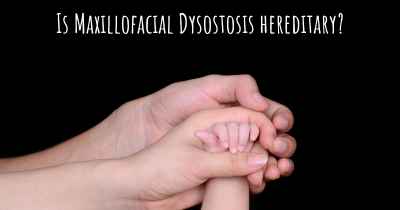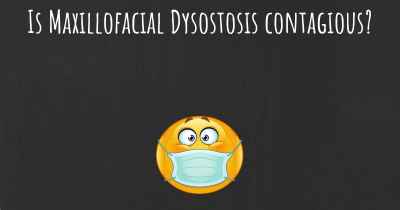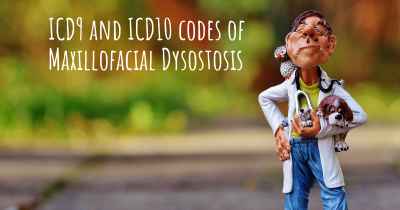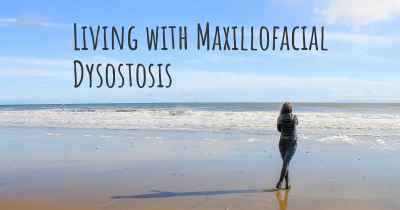What is the prevalence of Maxillofacial Dysostosis?
How many people does Maxillofacial Dysostosis affect? Does it have the same prevalence in men and women? And in the different countries?
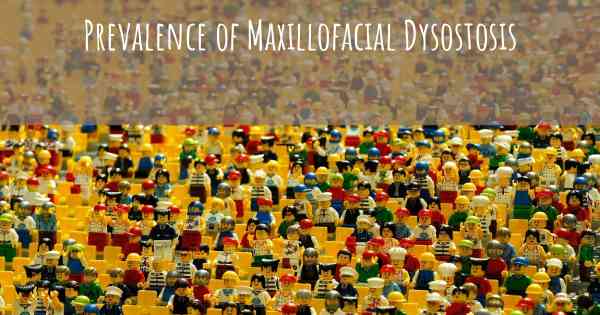
Maxillofacial Dysostosis is a rare congenital disorder characterized by abnormal development of the facial bones and skull. It affects approximately 1 in every 50,000 to 100,000 live births, making it a relatively uncommon condition. The prevalence of this condition varies among different populations and ethnic groups. Maxillofacial Dysostosis can lead to various facial abnormalities, such as underdeveloped cheekbones, small jaw, and cleft palate. Treatment options include surgery, orthodontics, and speech therapy to improve the quality of life for individuals affected by this condition.
Maxillofacial Dysostosis, also known as Treacher Collins syndrome, is a rare genetic disorder that affects the development of facial bones and tissues. It is estimated to occur in approximately 1 in 50,000 live births worldwide, making it a relatively uncommon condition.
The prevalence of Maxillofacial Dysostosis can vary across different populations and ethnic groups. Studies have shown that certain populations may have a higher incidence of the syndrome, while others may have a lower prevalence. However, due to its rarity, accurate prevalence rates can be challenging to determine.
Maxillofacial Dysostosis is typically caused by mutations in specific genes involved in facial development. These mutations can result in underdeveloped or malformed facial bones, leading to characteristic facial features such as downward-slanting eyes, underdeveloped cheekbones, and a small jaw. The severity of symptoms can vary widely among affected individuals.
While Maxillofacial Dysostosis is a lifelong condition, early intervention and comprehensive medical care can help manage the associated challenges. Treatment may involve a multidisciplinary approach, including surgical interventions, hearing aids, speech therapy, and psychological support.
It is important to note that this information is not intended as medical advice. If you suspect you or someone you know may have Maxillofacial Dysostosis, it is recommended to consult with a qualified healthcare professional for an accurate diagnosis and appropriate management.
